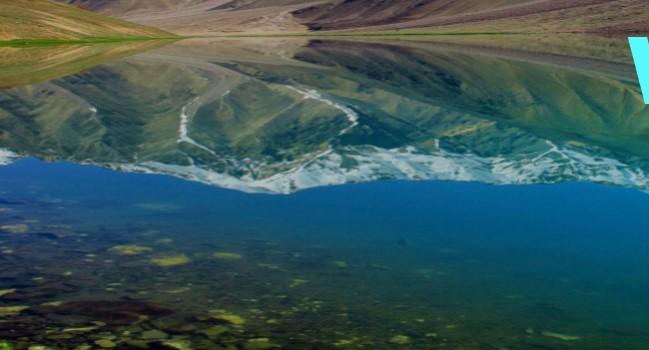Water Bodies India - First Census Report of Jal Shakti April 2023
It’s a coincident that in April 2013, I submitted a write up to “International Water Association” (IWA) on Water Bodies of India which is exactly as given below. This submission was for nomination to get selected for its “Strategic Asset Management Group Committee”, which I was nominated. The coincident is in April 2023 (after 10 Years) a census report of all water bodies with enumeration and identification of them with pictures and coordinates is completed and released.
A total 24,24,540 number of manmade and natural water bodies of which 97.1% are in Rural areas and 2.9% in Urban areas. West Bengal has highest number of ponds and reservoirs, Andhra Pradesh has highest number of tanks, Tamil Nadu has highest number of lakes and Maharashtra is leading in water conservation schemes. This census report itself needs to be linked and understood with other Central governmental reports, schemes and objectives and will try to analyze separately.
My write up for IWA in 2013 as here expresses concerns, analysis and is very much relevant from its status and significance of water conservation.
Water Bodies and Ecological Monitoring :
The urgency of governing Water Bodies for Ecological Monitoring in context of Global Village evolution does not seem un realistic. The times are changing and the conditions of ecological damages worsening and many places even alarming. The Information technology revolution and electronic devices have made human life different than what it used to be just a few years before. The ecology can be changed to a large extent if not recovered completely and it could be rewarding for the future generations as well.
The earlier phases of Industrialization made several changes in the human life style conceptually and physically. The Transportation, Banking, Media & Communication, Medical and most importantly comforts are some factors that have changed largely. The electronics have played a major role in knowing several elements to cause these changes by way of data and analysis, identification of action requirements etc.
Several trade & business practices have changed and economies, countries, individuals or corporates once pioneer had to give way to these new & emerging phenomena. Human rights protection & Lifesaving is on more aspect which has changed a lot more although statistics may not be proving it otherwise.
Conceptually the above may attract some statistics to be provided to substantiate and support the statements if someone demands but then the idea is not to argue on those aspects nor that one needs to be blamed for whatever has happened in the past. The need of the time is to prevent if reverse is not possible.
Similar to above developmental changes one more change is expected and obviously required is ecology and many may agree with me. Of course, the idea is not again to generate consensus but to highlight importance although it’s not new. It is a well-known and being tried by several people, corporates, countries etc., I would like the youngsters need to be involved in this task and opportunities may be generated by those who can contribute such as universities, corporates, technical /professional bodies to enlighten and influence the change to happen.
The need of the hour is to dissolve the restrictions /boundaries and make consensus on the action required and apply the knowledge /technologies to prevent further damages if not reversed. There are several water bodies (lakes, rivers, sea coasts) who have undergone the damages in several countries and may not be repairable unless acted upon. Some governing bodies may not even accept such changes have occurred and influence the authorities to hide as the symptoms may not be either understood or some other small time economic reasons.
As on date it is possible to apply knowledge gained by those having expertise in this field and supported by common funding (may be sponsored by concerned corporates) for a better future of the generations to come and make available the identification and action requirement on
• Large Water bodies under immediate attention requirement and preservation by something similar to UN Bodies or UNESCO which preserves archeological /heritage sites
• Water bodies ecological monitoring to be done under common patronage with technical knowhow transfer and strict monitoring of watch dogs if required.
• Standardization of guide line for intake /discharges based on geographical status for common requirement and local ecological sensitivity.
The next phase could be local training and skills development programs and developing markets for protecting local rights, the need is to first control on the monitoring of the ecology and then approach systematically to development by knowledge transfer.
That means scope for developing market for
• Engineering
• Instruments and technology
• Laboratories
• Data centers
• Professionals
The resources will be redeveloped for consumption in the present scenarios of water shortages.
Written by:
Purushottam Pandurang Patil
(Purushottam_patil@hotmail.com)
14 Apr 2013


